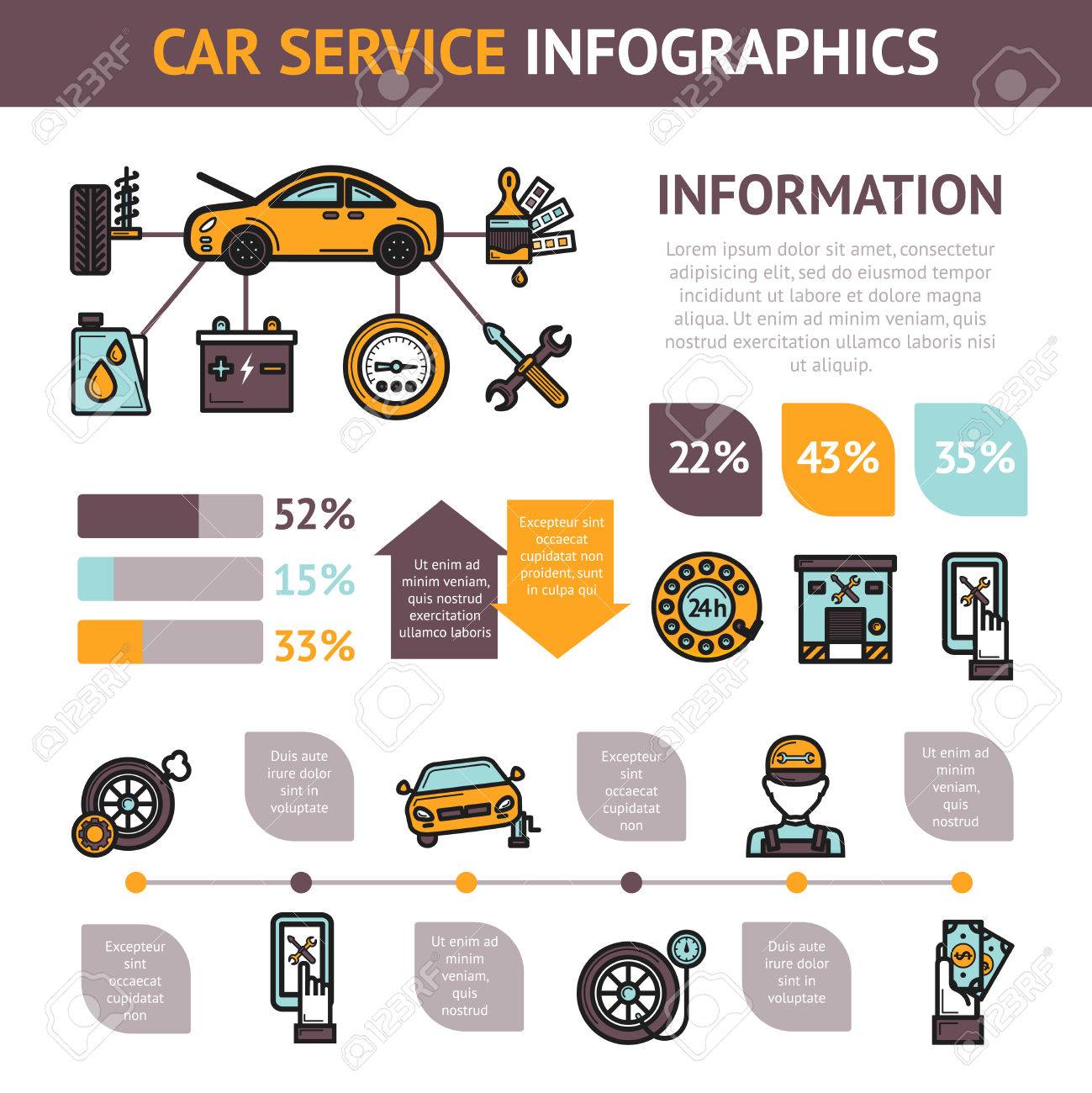Decoding Your Automobile'S Caution Indicators: What They Absolutely Symbolize
Decoding Your Automobile'S Caution Indicators: What They Absolutely Symbolize
Blog Article
Article Produced By-Sykes Winters
When you lag the wheel, those glowing warning lights on your dashboard can be a little bit bewildering. Do you recognize what they're trying to tell you about your cars and truck's health and wellness? Understanding linked webpage of these lights is essential for your safety and the durability of your car. So, the next time among those lights pops up, wouldn't you wish to decode its message accurately and take the required actions to resolve it?
Common Caution Lighting and Interpretations
Recognize common caution lights in your auto and comprehend their meanings to ensure risk-free driving.
One of the most typical warning lights include the check engine light, which indicates concerns with the engine or emissions system. If this light begins, it's essential to have your automobile examined immediately.
The oil stress advising light indicates reduced oil stress, requiring prompt attention to prevent engine damages.
A flashing battery light might recommend a damaged charging system, potentially leaving you stranded otherwise attended to.
The tire pressure tracking system (TPMS) light alerts you to low tire stress, impacting lorry security and fuel effectiveness. Overlooking this could result in hazardous driving conditions.
The abdominal muscle light indicates a trouble with the anti-lock braking system, compromising your ability to quit rapidly in emergency situations.
Lastly, the coolant temperature advising light warns of engine overheating, which can result in severe damages otherwise dealt with swiftly.
Recognizing these typical warning lights will assist you attend to issues immediately and maintain secure driving problems.
Significance of Prompt Interest
Comprehending the common warning lights in your auto is only the initial step; the significance of without delay addressing these cautions can not be highlighted enough to guarantee your safety when driving.
When a caution light brightens on your control panel, it's your auto's method of communicating a potential problem that requires focus. Overlooking these warnings can bring about more severe troubles in the future, compromising your safety and security and possibly costing you much more in repairs.
Prompt attention to advising lights can stop break downs and accidents. As an example, a blinking check engine light can suggest a misfire that, if left ignored, can create damage to the catalytic converter. Resolving this immediately can conserve you from a costly repair work.
Similarly, a brake system alerting light might indicate low brake liquid or used brake pads, critical components for your safety and security when driving.
Do It Yourself Troubleshooting Tips
If you observe a warning light on your dashboard, there are a few do it yourself repairing pointers you can attempt prior to seeking specialist help.
Get the facts is to consult your car's manual to comprehend what the particular caution light suggests. Occasionally the problem can be as easy as a loosened gas cap causing the check engine light. Tightening up the gas cap may resolve the issue.
An additional common concern is a low battery, which can activate different cautioning lights. Examining the battery links for corrosion and ensuring they're safe and secure may fix the problem.
If a caution light lingers, you can try resetting it by separating the auto's battery for a few mins and afterwards reconnecting it. Additionally, checking your car's fluid levels, such as oil, coolant, and brake liquid, can assist fix alerting lights related to these systems.
Verdict
In conclusion, comprehending your auto's warning lights is crucial for maintaining your vehicle running efficiently and securely. By quickly attending to carcleaningnearme and recognizing what they mean, you can avoid expensive repair work and prospective break downs.
Keep in mind to consult your car's guidebook for certain information on each alerting light and do something about it appropriately to make certain a trouble-free driving experience.
Stay informed, stay safe on the road!
